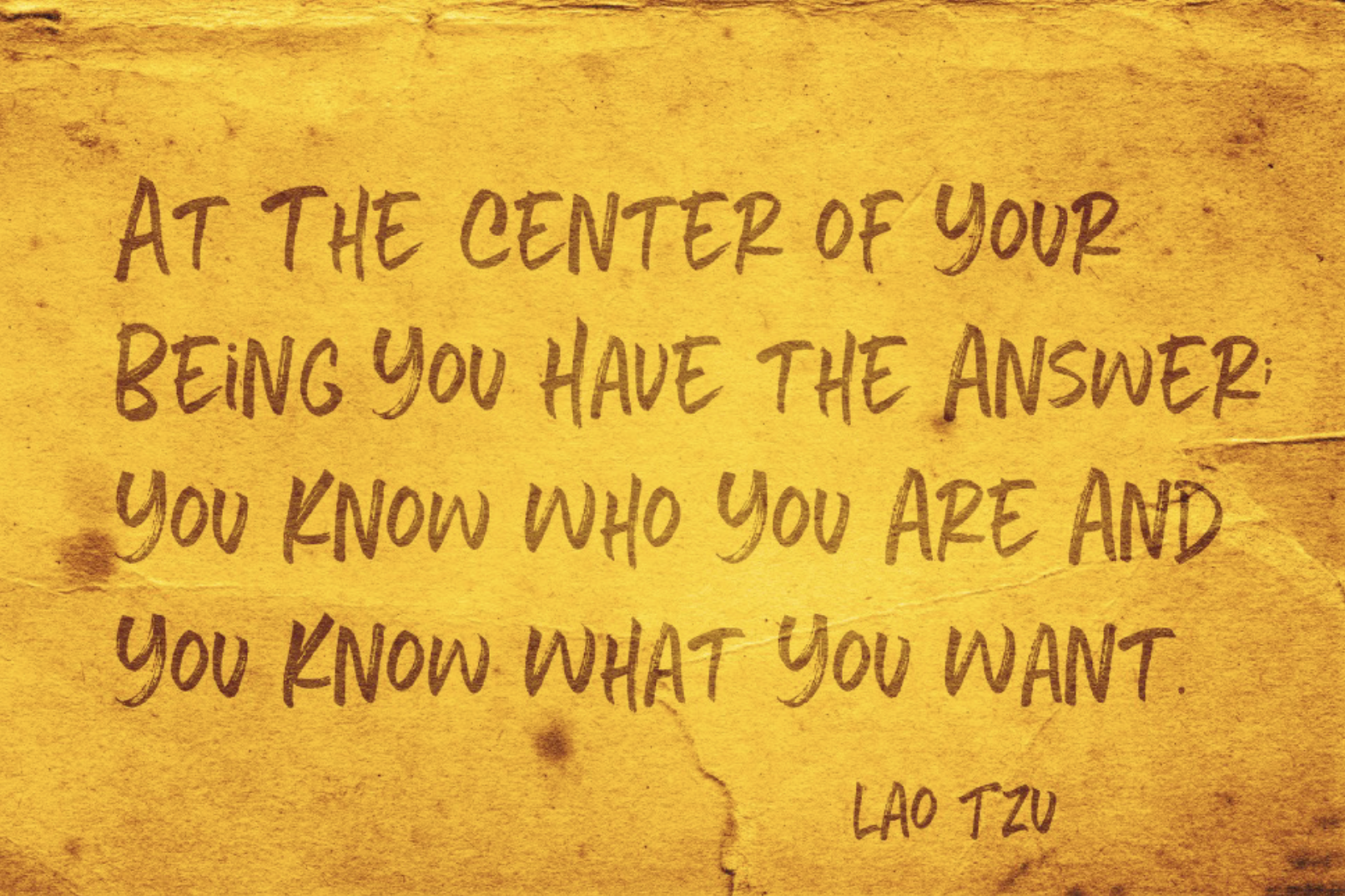- Home
- Resource Center
- Articles & Videos
- The Anatomy of a Coaching Session
17 October 2022
| by i3 Coaching
The Anatomy of a Coaching Session
Sign up for our newsletter on globalization and localization matters.
How does a coaching session work? This five article series has connected that Coaching is 1) prevalent and “cool,” 2) uncomfortable, 3) authentic….As goals probe what really matters and what really holds back. This fourth installment unveils what happens in a coaching session. On theme…..it may be uncomfortable!
Client owns the agenda
- Coaching sessions are 100% customized to the journey of each client.
- The Client owns and directs the agenda
- Goals set forth are the foundation for each session.
- Sessions connect “real life” to the engagement goals.
Clients select the session focus by bringing a challenge, an opportunity, a concern to discuss. It may be a staff issue, an important meeting, a career path plan, a frustration.
The beginning
Each session begins with the same three questions.
- What do you want to talk about today?
- What do you want to accomplish in this session related to that topic?
- Why is that important to you?
I adapted this format from one recommended by The Institute for Professional Excellence in Coaching. (IPEC) “Why?” often seems so obvious that asking the questions feels a bit daft. But with shocking frequency this question unlocks a truth that I might have overlooked. It deepens the conversation and sometimes resets the direction of the session.
The middle
Trite but true - the answers ultimately lie within you.

From Ancient Chinese Philosophy to contemporary coaching…..Coaching relies on questions that are open-ended, clarity seeking, thought provoking, challenging, and future directed. The intent is to expand perspective to new possibilities and trust the answers that are within. Sessions may involve:
- Bottom-lining
- Brainstorming
- Celebrating
- Challenging assumptions
- Questioning interpretations
- Probing limiting beliefs
The end
Meetings end on time. If a conversation is not drawing to a natural close Coach suggests continued reflection and sets a topic marker for continuing next time. There must be time for the final questions that empower the client to summarize and mobilize.
- What are the takeaways?
- How will you apply that new insight or mindset?
- What difference will that make?
- What actions will you take?
- What could prevent that action or mindset?
The follow-up
I send brief session summaries several reasons.
- Presence - My wish is for clients to be fully present without feeling pressure to document the moment.
- Celebrations: Leaders rarely take time to savor and celebrate their own accomplishments and gifts. This emphasis is one of my coaching power tools.
- Recommendations: Takeaways and plans for action are noted for reminder and accountability.
Logistics
Most sessions are 55 minutes every two weeks. Some clients opt for weekly 30 minute touch-points. This may be preferable for a) long term clients in rhythm with a crisp communication style b) clients in a season of peak challenge who benefit from a shorter intervals between sessions as they try out new tools and mindsets c) topic specific coaching sessions set up by corporate L&D.
Guidelines, not rules
Rules are guidelines because coaching is fluid and organic as it follows the needs, pace, growth of each client. These are some ways it may go “off-script.”
* The session “Topic” leads to a deeper “Issue” for coaching.
* The session “Topic” is not directly related to coaching goals.
This may be a valid choice based on external changes or internal realizations.
* The client has no topic for the agenda. They may feel fully”ok” or may be too exhausted/overwhelmed to be prepared for a focus.
This is one of my favorite detours, because open ended questions never fail. This scenario has produced some of the most revealing and transformative sessions.
Business therapy?!
Although owning the session agenda may initially be another source of Coaching Discomfort, the pressure dissipates quickly. Clients soon appreciate that the Coaching Session is safe, restorative, and invigorating. Many comment that Coaching is like “Business Therapy.” It provides space for clients to BE and encourages their plans to DO.

Do you want to contribute with an article, a blog post or a webinar?
We’re always on the lookout for informative, useful and well-researched content relative to our industry.

Shelly Priebe
Since 2010 Shelly has consulted and coached companies of all shapes and sizes, ever finding herself in the midst of disruption. COVID made disruption the norm; It impacted the way people think about life and work and priorities. As the “Future of Work” is being reimagined Shelly works with companies and leaders to author their parts in the story. She delivers IPEC's Core Energy Coaching™ methodology to create awareness and shifts in the energy that feeds thoughts, emotions, and actions. She is also certified in Insights Discovery™ and Energy Leadership Initiative™ assessments. These days Shelly elevates her “inner introvert” as she relishes more time in her Tree House office overlooking Lake Austin. Her dogs rejoice that their daily trail runs are not too frequently interrupted by her travel. While she wears many hats, “Mom” of four age range 14 to 28 is her favorite, and she recently added the title of “Gogo” with the birth if her first Grandchild in 2021.


